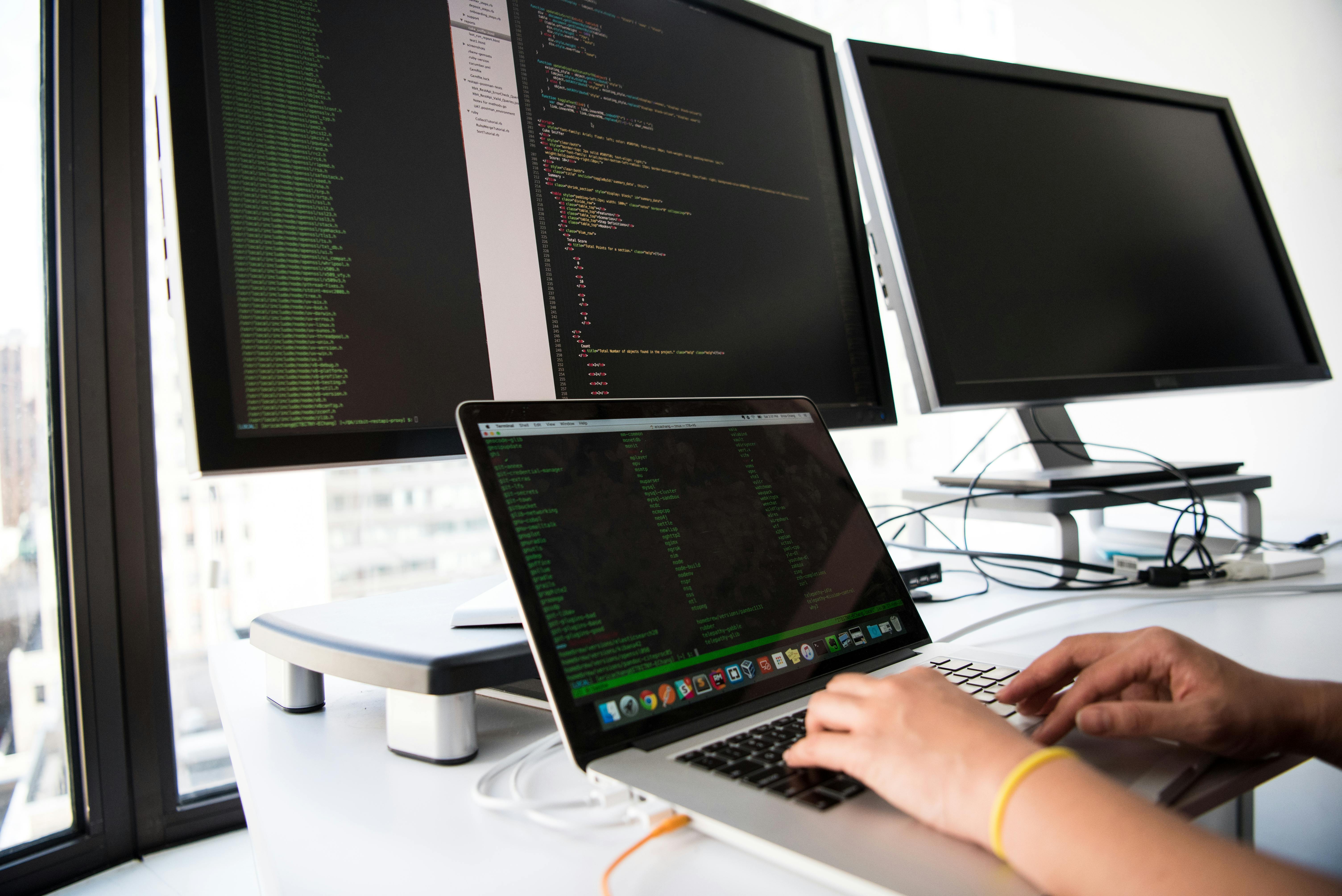· 5 min read
How AI Works: From Data to Decision-Making
Learn how AI processes data, makes decisions, and why understanding this can help you work better with AI.

How AI Works: From Data to Decision-Making
This article is the second in a 3-part series that breaks down the basics of AI, how it operates, and how it impacts your life. In this installment, we’re going to dive into how AI processes data and makes decisions. Understanding this will give you a better grasp of AI’s capabilities and limitations, so you can make the most out of it.
The Role of Data: The Fuel Behind AI
AI runs on data. Think of it like fuel for a car—without data, AI can’t function. Every time you search Google, interact with a recommendation system, or talk to a virtual assistant, data is being fed into AI systems. These systems then analyze the data to make predictions, recognize patterns, and provide you with the best possible answers.
Data comes from everywhere—your browsing history, the apps you use, even your social media activity. The more data AI has access to, the more accurate and efficient it becomes. But here’s the catch: AI can only be as good as the data it’s trained on. If the data is incomplete or biased, the AI’s predictions and decisions will be flawed.
Algorithms: The Brains Behind the Operation
While data is the fuel, algorithms are the brains. An algorithm is a set of rules or instructions that AI follows to process data and make decisions. These algorithms look for patterns, connections, and insights in data, and then use that information to predict outcomes or suggest actions.
One common type of algorithm is machine learning, where AI systems are trained on large sets of data to “learn” from it. For example, when an AI tool like Netflix recommends movies based on what you’ve watched before, that’s machine learning in action. The AI is trained on data from millions of users and constantly improves its recommendations by analyzing how users interact with the platform.
There are other types of algorithms as well—like decision trees, neural networks, and deep learning—but the principle is the same. The AI is looking for patterns in data and applying those patterns to make decisions.
The Process of Learning
AI doesn’t just run on data once; it learns from it continuously. This process of learning involves feeding the AI system massive amounts of data, then tweaking the algorithm as more data comes in to improve accuracy. In machine learning, the more data you provide, the better the system gets at making predictions.
There’s a concept called “training” in AI, where the system is trained on a specific dataset to recognize patterns. Once it’s trained, it can then apply what it’s learned to new data. For example, an AI system trained on thousands of cat photos will be able to recognize cats in new images it has never seen before. This is how AI becomes smarter over time—by continually learning from new data.
The Limits of AI: When Data and Algorithms Aren’t Enough
While AI can be incredibly powerful, it’s important to understand its limitations. AI systems are only as good as the data they have. If they’re trained on biased or incomplete data, their predictions will reflect those biases. This is why AI can sometimes make mistakes or give unexpected results.
Additionally, AI doesn’t “understand” things the way humans do. It follows rules and looks for patterns, but it doesn’t truly comprehend context, emotions, or abstract thinking. This is why human oversight is still critical when working with AI. We need to ensure the data we feed into these systems is accurate and unbiased and that the AI’s decisions are aligned with ethical standards.
How This Affects You
So, why does understanding this matter? Because as AI becomes more integrated into our daily lives, knowing how it works will help you make better decisions when using AI-powered tools. Whether you’re using AI to boost productivity, automate tasks, or get recommendations, knowing how it processes information allows you to work with it more effectively.
Plus, understanding AI’s limitations helps you recognize when it might make mistakes. If you’re aware of how AI relies on data and algorithms, you’ll know when to question the results it gives you and when to seek out additional context or human input.
Wrapping It Up
AI is a tool that can process vast amounts of data, recognize patterns, and make decisions, all thanks to the algorithms that power it. However, it’s essential to understand that AI is only as good as the data it’s trained on, and while it can make some incredible predictions, it still has its limits.
As AI continues to evolve and become more integrated into our work and personal lives, understanding how it works will empower you to use it more effectively and make informed decisions about when to rely on it.
In the next article, we’ll explore how AI is transforming our lives and work, showing you exactly how it’s already shaping industries and what that means for you.
Stay curious, Jake



